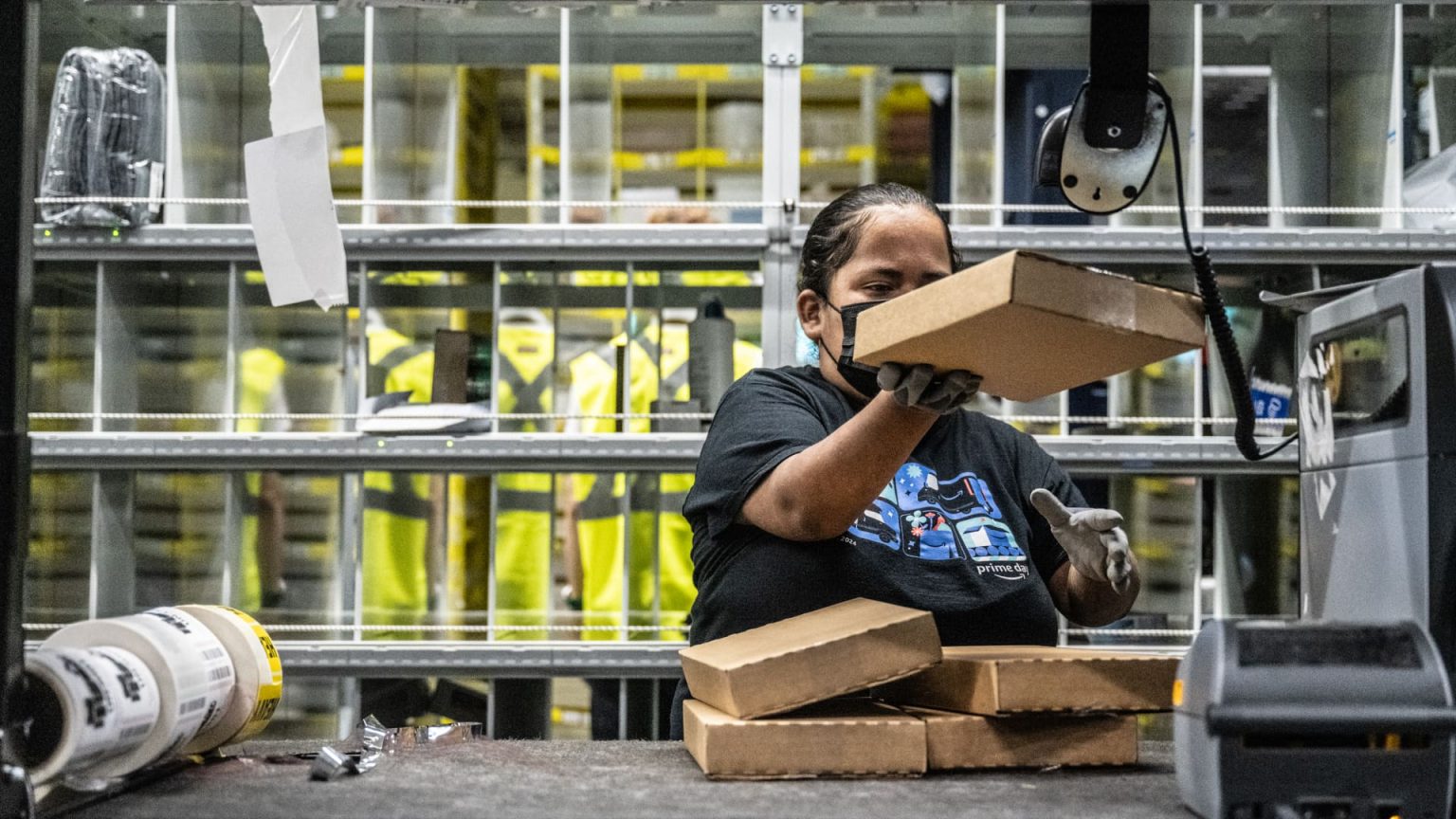On Friday, Amazon experienced technical issues with its checkout function, preventing customers from completing purchases. Error messages, featuring photos of dogs, were displayed on the site during the outage as frustrated customers took to social media to express their concerns. Amazon, known for its reliance on its own data center infrastructure, was facing difficulties with its checkout feature, despite its Amazon Web Services division not reporting any issues at the time. The potential impact of AWS downtime on the broader internet was highlighted, as many companies depend on the market-leading public cloud for their operations.
Despite the widespread technical issues, an Amazon spokesperson did not immediately respond to requests for comment, leaving customers in the dark about the cause of the problem. With the Labor Day weekend approaching, Amazon had been promoting discounts on various products as part of a sale. However, customers were unable to take advantage of these discounts due to the checkout glitch, prompting frustration among users. Amazon Help on social media recommended contacting the company for assistance, indicating that the issue was being addressed.
Concerns were raised about the potential negative impact of technical incidents on Amazon’s sales and reputation, as the company had warned investors about such risks. In the second quarter, Amazon reported healthy sales of nearly $148 billion, but technical glitches could lead to lower sales and a diminished perception of its products and services. The timing of the outage, during a promotional sale period, further highlighted the challenges that online retailers face in ensuring a seamless shopping experience for their customers.
As the outage persisted, customers continued to express their frustration on social media, highlighting the importance of reliable and efficient checkout processes for e-commerce platforms. Amazon’s reputation for customer service and convenience was called into question as users encountered difficulties in completing their purchases. The lack of communication from Amazon about the issue only added to customers’ frustration, leaving them uncertain about when the problem would be resolved and normal service would be restored.
The incident also underscored the interconnected nature of the internet ecosystem, as technical issues at a major player like Amazon can have ripple effects across various industries and services that rely on the company’s infrastructure. The role of Amazon Web Services in powering numerous online platforms was highlighted, with potential concerns about the stability and reliability of such services in times of disruption. Despite its dominant position in the e-commerce and cloud computing markets, Amazon’s outage served as a reminder of the vulnerability of digital services to technical failures.
In the aftermath of the outage, Amazon faced scrutiny over its handling of the technical issues and its communication with customers. While the company has since resolved the checkout problems and returned to normal operations, the incident served as a wake-up call for Amazon and other online retailers to prioritize robust infrastructure and proactive communication strategies. As customers increasingly rely on online shopping for their everyday needs, ensuring a seamless and reliable shopping experience has become a critical differentiator for e-commerce companies like Amazon.


